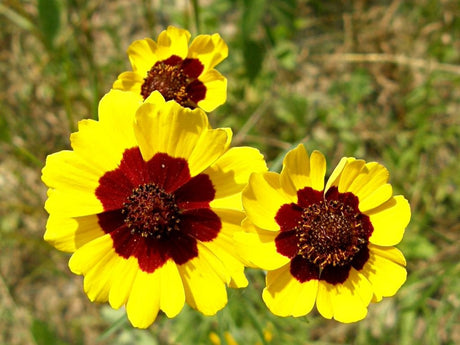
NEW Regional Wildflower Mixes
Mary's Heirloom Seeds Quick Links COCONUT COIR PELLETS GARDENS FUNDRAISER Seed Starting SUPPLIESOrganic Plant Food Organic Pest Control Heirloom BEANS Heirloom BEETS Heirloom CABBAGE Heirloom CARROTS Heirloom CORN...
Mary Smith |

